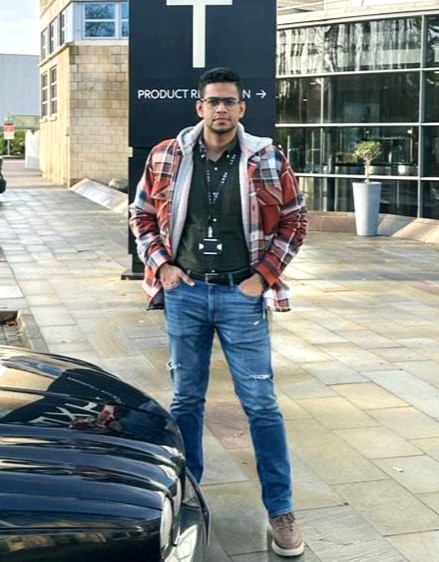Store Localization:
Store localization in the fashion retail industry means finding the best places to open stores based on where people live, how they shop, and what they like to buy. It’s like picking the perfect spot to set up shop so that customers will want to come and buy things.
For example, let’s imagine there’s a fashion brand called Chic Boutique. They want to open a new store in a big city. They’ll look at different neighborhoods to see which one has the most shoppers who would be interested in their clothes. They might choose a trendy area where lots of young people live because they know their clothes are popular with that crowd.
Another thing Chic Boutique will consider is where their competitors are. They don’t want to open too close to another store that sells similar clothes because they might steal customers away. Instead, they’ll pick a spot where there aren’t many other fashion stores nearby so they can stand out.
Lastly, Chic Boutique will think about practical things like how much it costs to rent a space and how easy it is for customers to get to the store. They’ll want to be in a busy area with lots of foot traffic so more people will see their store and come inside to shop.
In-store optimization:
In fashion stores, making things better inside the shop to make shopping easier, sell more stuff, and work better is called in-store optimization. It means doing different things to make the store layout, how things are shown, how many workers are there, and how customers feel all work together to make the store better.
For example, let’s say there’s a clothing store called Trendy Fashion. They want to make sure their store layout makes sense, so customers can find what they’re looking for easily. They might rearrange the racks and shelves to create clear pathways and put popular items in the front to catch customers’ attention.
Merchandising is also important. Trendy Fashion might put their best-selling items or new arrivals in prominent places to encourage customers to buy them. They might also change displays regularly to keep things fresh and interesting for shoppers.
Having the right number of staff is crucial too. If Trendy Fashion gets really busy during weekends, they might schedule more workers to help customers and keep the store running smoothly. Plus, they’ll make sure their staff are trained well so they can provide great service and answer any questions customers have.
Lastly, customer engagement is key. Trendy Fashion might offer special promotions or events to attract shoppers and keep them coming back. They might also use technology like tablets or interactive displays to make the shopping experience more fun and convenient.
Use of data analytics in the fashion industry for store localization and in-store optimization:
Store Localization:
Demographic Analysis:
- Use demographic data to identify areas with target customers.
- Example: Analyzing census data to find neighborhoods with high-income earners for a luxury fashion brand.
Customer Segmentation:
- Segment customers based on shopping behavior and preferences.
- Example: Using clustering algorithms like K-means to group customers into segments such as high-spending fashion enthusiasts or budget-conscious shoppers.
Competitor Analysis:
- Analyze competitor locations and market share.
- Example: Using geospatial analysis to identify gaps in the market where competitors are not present.
Predictive Modeling:
- Predict future demand and sales potential for different locations.
- Example: Using regression analysis to forecast sales based on factors like population density, income levels, and proximity to transportation hubs.
In-store Optimization:
Foot Traffic Analysis:
- Analyze foot traffic patterns to optimize store layout and staffing.
- Example: Using heat maps generated from sensor data to identify high-traffic areas in the store.
Customer Journey Analysis:
- Track customer interactions with products to optimize merchandising and product placement.
- Example: Using association rule mining algorithms to identify which products are frequently purchased together and adjusting store layout accordingly.
Staffing Optimization:
- Optimize staffing levels based on customer traffic and sales patterns.
- Example: Using queuing theory algorithms to determine the optimal number of staff needed during peak hours.
Inventory Management:
- Analyze sales data to optimize inventory levels and product assortment.
- Example: Using demand forecasting algorithms to predict which products will sell best in each store location and adjusting inventory accordingly.
Customer Sentiment Analysis:
- Analyzing facial expressions can help retailers understand how customers feel while shopping. Positive expressions like smiling indicate satisfaction, while negative expressions like frowning can indicate frustration or dissatisfaction.
- Example: Using Naive Bayes, CNN, SVM to analysis customer sentiment based on data collected from customer reviews, feedback forms,cameras for facial expression analysis, microphones for voice sentiment analysis

